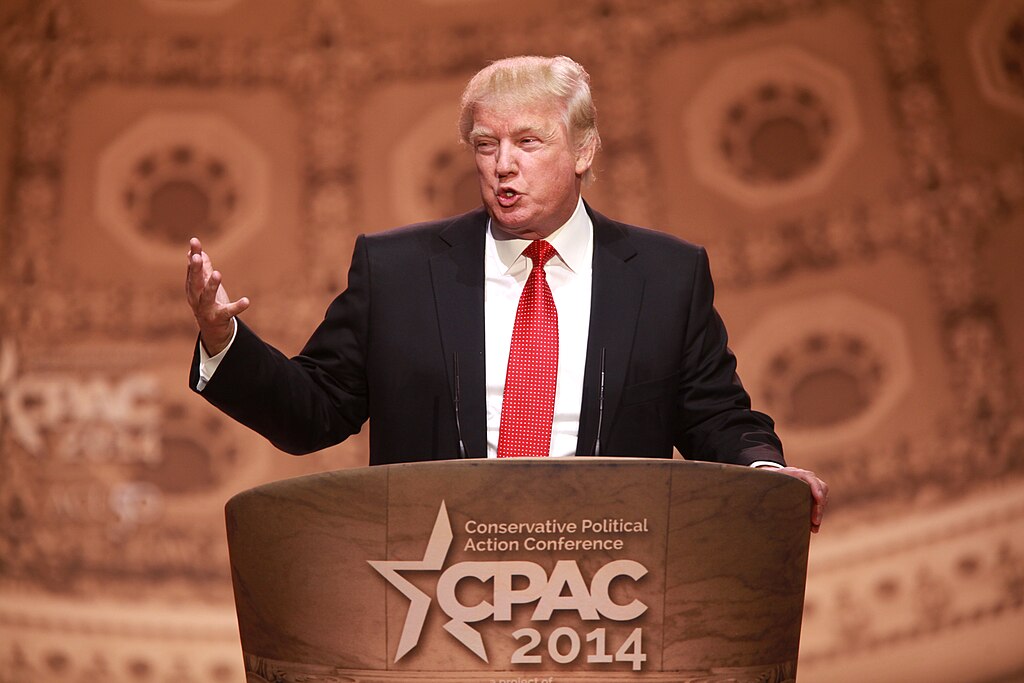President Donald Trump’s plans for federal student aid in 2025 have stirred a heated debate among education advocates, policymakers, and students across the nation. The administration has proposed significant changes aimed at curbing student loan debt and streamlining repayment processes. However, critics argue that the measures may disproportionately harm low-income students while benefiting private lenders.
Central to Trump’s student aid plan is the restructuring of federal loan repayment options. The administration has proposed consolidating existing repayment programs into a single income-driven repayment plan. Under this new structure, borrowers would pay 10% of their discretionary income, with remaining balances forgiven after 15 years. While proponents praise the simplification, detractors say the plan eliminates essential protections, such as subsidies for undergraduate borrowers during periods of financial hardship.
Additionally, Trump has called for the elimination of the Public Service Loan Forgiveness (PSLF) program. This initiative, which forgives loans for individuals working in public service roles after 10 years of payments, has been a cornerstone for teachers, nurses, and other essential workers. Its removal has sparked backlash from unions and advocacy groups who argue it undermines public service careers.
Increased Role for Private Lenders
One of the most controversial aspects of Trump’s 2025 student aid agenda is the increased involvement of private lenders in the student loan market. The administration has proposed reducing the federal government’s role in providing loans, shifting the responsibility to private institutions. Supporters of this approach argue it will foster competition and drive down interest rates. However, critics contend it could leave students vulnerable to predatory lending practices and higher borrowing costs.
Education Secretary Betsy DeVos has defended the changes, stating that the administration aims to encourage “personal responsibility” among borrowers and reduce the burden on taxpayers. She also emphasized the need to address the rising cost of higher education by holding institutions accountable for student outcomes.
Public Outrage and Online Reactions
The proposed changes have sparked widespread criticism on social media, with many questioning the administration’s commitment to making education accessible:
- @DebtFreeGrad: "Cutting PSLF is a slap in the face to those dedicating their careers to public service. #StudentDebtCrisis"
- @EduAdvocate2025: "Private lenders? Higher costs? This plan is a disaster for low-income students. Do better!"
- @FairAidNow: "Simplifying repayment is good, but eliminating protections for borrowers is not the answer. #EducationMatters"
- @CollegeCostChaos: "Trump’s plan could mean fewer loans for those who need them most. Who benefits here?"
- @FutureTeacher2025: "As a future educator, losing PSLF means I’ll be saddled with debt for decades. Devastating."
- @FiscalFocus2025: "Taxpayers shouldn’t shoulder the burden of unchecked loan forgiveness. Accountability is long overdue."
A Divisive Future for Federal Aid
As lawmakers prepare to debate the proposed reforms, education experts warn that the changes could have far-reaching implications for college affordability and access. While the administration insists the plan will simplify the system and reduce taxpayer costs, opponents argue it risks widening the education gap and exacerbating the student debt crisis.
The Trump administration’s federal student aid overhaul is poised to become a defining issue in 2025, with millions of students and families waiting to see how these proposals will impact their financial futures.



 Trump Announces $1,776 Cash Bonus for U.S. Military Personnel Ahead of Christmas
Trump Announces $1,776 Cash Bonus for U.S. Military Personnel Ahead of Christmas  Fernando Haddad Confirms He Will Not Run for Office in 2025, Signals Possible Exit as Brazil’s Finance Minister
Fernando Haddad Confirms He Will Not Run for Office in 2025, Signals Possible Exit as Brazil’s Finance Minister  Trump Nominates Lt. Gen. Frank Donovan to Lead U.S. Southern Command Amid Rising Tensions in Latin America
Trump Nominates Lt. Gen. Frank Donovan to Lead U.S. Southern Command Amid Rising Tensions in Latin America  Russian Missile Strike on Odesa Port Kills Seven, Disrupts Key Trade Routes
Russian Missile Strike on Odesa Port Kills Seven, Disrupts Key Trade Routes  U.S. and China Push for Ceasefire as Thailand–Cambodia Border Clashes Escalate
U.S. and China Push for Ceasefire as Thailand–Cambodia Border Clashes Escalate  Syria, Kurds and U.S. Race to Show Progress on SDF Integration Deal
Syria, Kurds and U.S. Race to Show Progress on SDF Integration Deal  Argentina Unions Rally Against Milei’s Labor Reform as Congress Debates Key Bill
Argentina Unions Rally Against Milei’s Labor Reform as Congress Debates Key Bill  Brazil Court Allows Bolsonaro Hospital Trip Amid Prison Sentence
Brazil Court Allows Bolsonaro Hospital Trip Amid Prison Sentence  Trump Defends Economic Record in North Carolina as Midterm Election Pressure Mounts
Trump Defends Economic Record in North Carolina as Midterm Election Pressure Mounts  EU Delays Mercosur Free Trade Agreement Signing Amid Ukraine War Funding Talks
EU Delays Mercosur Free Trade Agreement Signing Amid Ukraine War Funding Talks  U.S. House Advances GOP Healthcare Bill as ACA Subsidies Near Expiration
U.S. House Advances GOP Healthcare Bill as ACA Subsidies Near Expiration  EU Approves €90 Billion Ukraine Aid as Frozen Russian Asset Plan Stalls
EU Approves €90 Billion Ukraine Aid as Frozen Russian Asset Plan Stalls  Epstein Files Released by DOJ Spotlight Bill Clinton, Raise Questions Over Trump Mentions
Epstein Files Released by DOJ Spotlight Bill Clinton, Raise Questions Over Trump Mentions  Trump Signals Push for Lower Health Insurance Prices as ACA Premium Concerns Grow
Trump Signals Push for Lower Health Insurance Prices as ACA Premium Concerns Grow  U.S. Lawmakers Urge Pentagon to Blacklist More Chinese Tech Firms Over Military Ties
U.S. Lawmakers Urge Pentagon to Blacklist More Chinese Tech Firms Over Military Ties  Trump Administration Reviews Nvidia H200 Chip Sales to China, Marking Major Shift in U.S. AI Export Policy
Trump Administration Reviews Nvidia H200 Chip Sales to China, Marking Major Shift in U.S. AI Export Policy 




























